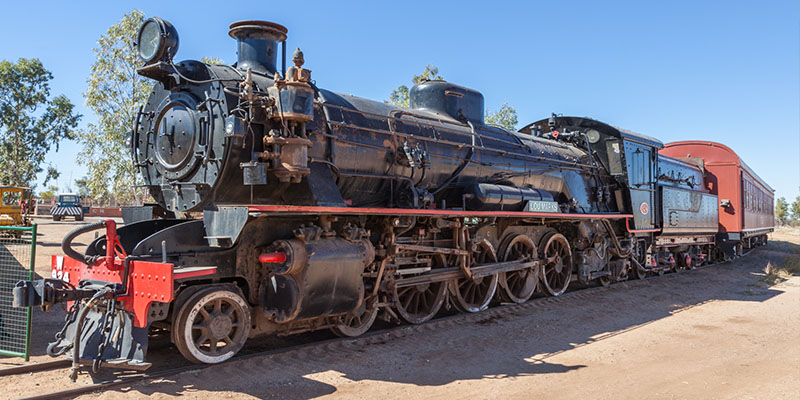Old Ghan Tour and to Buy a Train Cap

2 Norris Bell Ave, Arumbera NT 0873, Australia +61 8 8953 8940 9am – 4pm Alice Springs Campervan Hire
instrcentroid (contributor)
Learn about the history of the Old Ghan when you visit the Old Ghan Museum and Heritage Railway.
We enjoyed a trip on the heritage rail in the Year 2000 after completing our tag along tour from Quorn which travelled the route of the Old Ghan train. We were actually on the track for a while.
This is when we bought our Old Ghan train caps which we renew every 2-3 years and wear everywhere. These caps suit us both and are a great help for ‘meeting people’ .
You can still buy them …2010….Look at almost any collection of our photos and we will be wearing the caps in some of them.
For your cap write to : PO Box 8099 Alice Springs 0871 AUSTRALIA
About $20 now plus postage. Denim or black.(2011)
As far as I know you can still take the heritage rail trip in part of The Old Ghan.

 English
English
